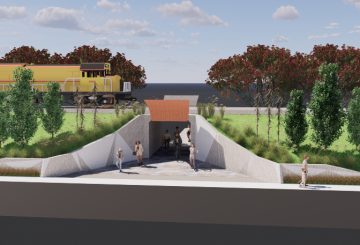丰盛湾地区委员会宣布,它正在就陶朗加公交网络的拟议变更征求公众的反馈。该委员会的目标是更有效地利用当前的公共交通资源,使公共汽车旅行更容易,从而改善城市和郊区的旅行。公众咨询程序将在4月28日之前开放供提交。
区域委员会交通规划经理奥利弗·海考克说,有效的公共交通系统在陶朗加的发展中起着重要作用。他补充说,拟议的变更包括调整公交路线和服务,以应对客户面临的已知挑战并满足需求。海考克先生还强调说,新的1号公路服务是该提案中令人兴奋的元素,该服务将贯穿卡梅伦路的全程,然后穿过海港大桥前往芒格努伊山。
陶朗加公交网络的更新始于2021年11月,下一阶段的重点是改善陶朗加西部和南部的路线,包括马图阿、奥图莫埃泰、中央商务区、格里顿、皮斯帕、The Lakes/Tauriko、Ohauiti和Welcome Bay。该委员会正在征求对特定公交服务的反馈,以提供更便捷的出行选择,并鼓励人们在网上、面对面或通过邮寄方式分享他们的想法。
虽然地区委员会不负责公交车站和候车亭的安置或提供,但任何与基础设施有关的意见都将转交陶朗加市议会考虑。经过公众咨询,将对反馈进行分析并纳入提案,更新的网络设计将于 2023 年 6 月公布。理事会计划在此之后开始规划实施。
欲了解更多信息,概述拟议变更的咨询手册可在理事会网站上查阅。可以在线提交、亲自提交或通过邮寄方式提交。理事会工作人员还将在繁忙的公交车站向公众提供信息。




















































(1)-360x245.jpg)









